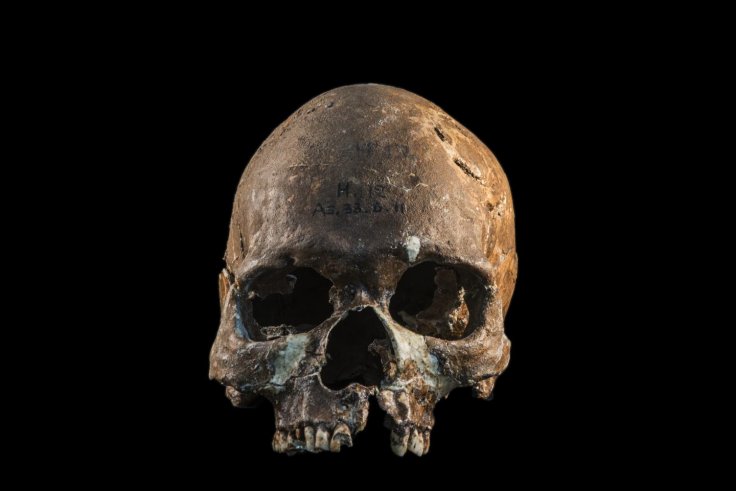
South East Asia is a region which has several histories as well as theories related to the origin of the population. Countries such as, Singapore, Myanmar, Vietnam, Thailand, Philippines and others are considered as the most genetically diverse regions in the world. But, after more than 100-years of controversy, now the scientists have found the trace of the human origins from 8,000-year-old skeletons' DNA.
As per the previous theories, while one section of experts believed that 44,000 years ago the indigenous Hòabìnhian hunter-gatherers used to live in the Southeast Asian region and enriched their locality by providing agriculture, on the other hand, some theorists referred the "two-layer model," which stated that migrating rice farmers from China has replaced the indigenous Hòabìnhian hunter-gatherers.
But, the new findings, which were published in the journal Science, showed that both the early theories were inaccurate. Academics from all around the globe conducted the new research and they discovered that the present Southeast Asian population was originated from at least four ancient populations.
To find the ultimate answer of the mystery, scientists collected DNA samples from human skeleton remains, which were found in Malaysia, Thailand, the Philippines, Vietnam, Indonesia, Laos and Japan. The study also revealed that until now scientists had been successful in sequencing 4,000-year-old samples, but this time the collected samples were collected from 8,000 year-old skeletons.
The study revealed that the collected samples included DNA from Hòabìnhian hunter-gatherers as well as a Jomon, which used to belong from a period between 14,000 – 300 BC. Scientists compared a total of 26 ancient human DNA with the samples from present population of Southeast Asia.
The international study was led by Professor Eske Willerslev, who holds the position at St John's College, University of Cambridge and University of Copenhagen. While explaining the findings he stated that even though the study required huge amount of effort, "we were able to obtain 26 human genomes and shed light on the incredible genetic richness of the groups in the region today is astonishing."
One of the lead authors of the study, Hugh McColl, who is also a PhD student at the Centre for GeoGenetics in the Natural History Museum of Denmark of the University of Copenhagen said that out of 26 human genomes, "25 from South East Asia, one Japanese Jomon - we have shown that neither interpretation fits the complexity of Southeast Asian history."
"Both Hòabìnhian hunter-gatherers and East Asian farmers contributed to current Southeast Asian diversity, with further migrations affecting islands in South East Asia and Vietnam. Our results help resolve one of the long-standing controversies in Southeast Asian prehistory," he further added.
The other lead author and Assistant Professor at the Centre for GeoGenetics in the Natural History Museum of the University of Copenhagen, Dr Fernando Racimo also said that the occupation of the people, who used to live Southeast Asia was an debatable topic. In addition, he said that "Our research spanned from the Hòabìnhian to the Iron Age and found that present-day Southeast Asian populations derive ancestry from at least four ancient populations. This is a far more complex model than previously thought."
Thanks to the development of technology and science, this break through research finding is definitely useful to rewrite the history of Southeast Asian population, just the way scientists came to know the radiation dose, which killed thousands of civilians during Hiroshima and Nagasaki bombing in 1945 by analyzing victims' bone.








